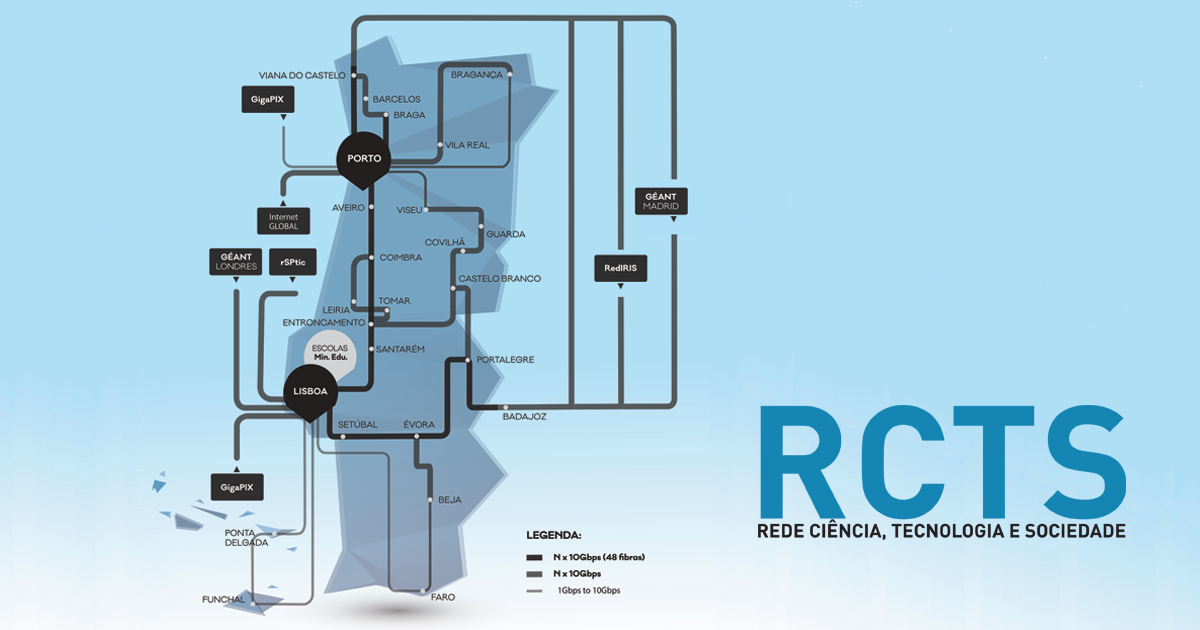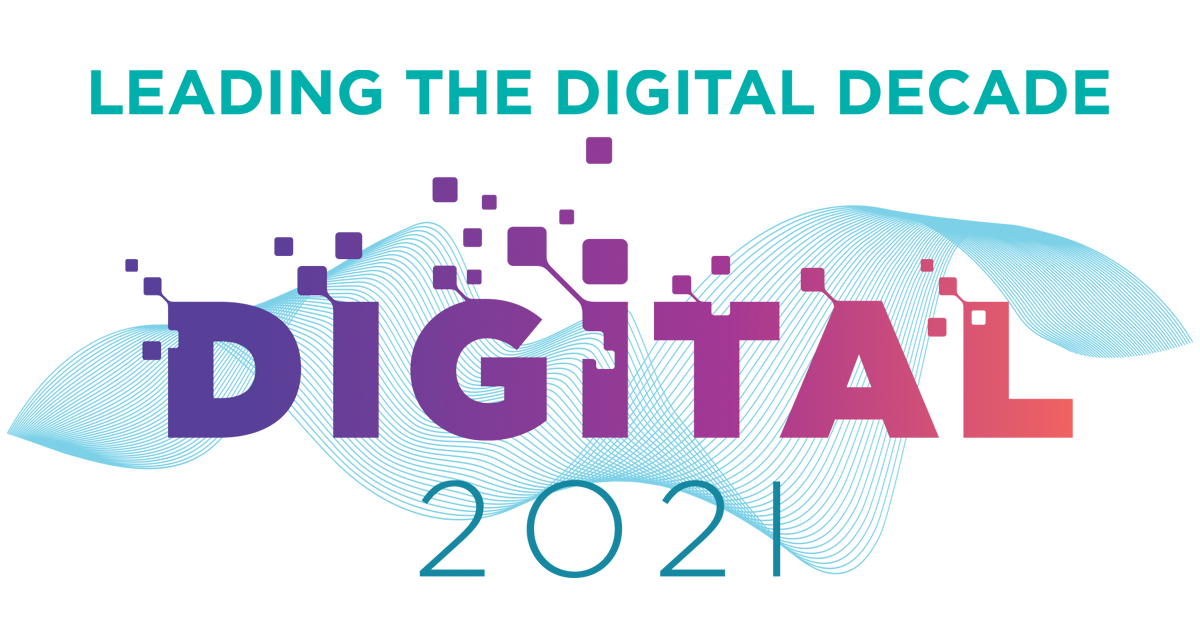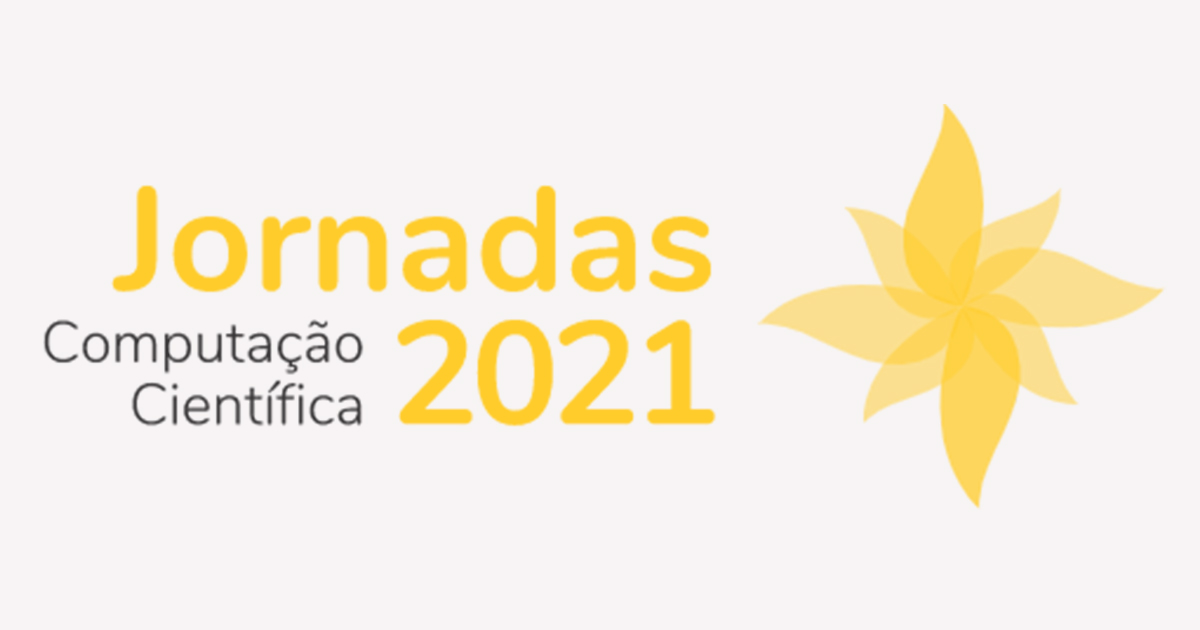

Topics in this article:
The past, present and future
The Science, Technology and Society Network (RCTS) is one of the oldest national education and research networks in Europe. Portugal was part of the pioneering efforts to develop these networks on the continent, namely through the Bitnet, EARN and RARE initiatives. The former eventually evolved into the latter and later the two later merged. During this process, the technical operation of connecting the various European countries was ensured by different operational entities.
It was these efforts to found a European education and research network - which involved the creation of an operational entity called DANTE - that gave rise to the current association GÉANT. The then Foundation for National Scientific Computing (FCCN), now the FCCN Unit, ensured national participation in this process, often taking a leading role in its evolution, since the creation of the RARE association - Réseaux Associés pour la Recherche Européenne.
If the international context was marked by this continuity, the internal reality was quite different. The geographical situation of the country and the late liberalisation of communications caused major difficulties in the development of a national network. The process of adapting the transmission resources made available to national entities and users was slow, and specific difficulties in the connections to the autonomous island regions were not completely resolved.
The arrival of fiber
The big change came with the decision to directly manage the physical means of transmission (optical fibre). This step, taken in 2004, made it possible to provide, in the locations served, speeds without any limitations. Thanks to this possibility, RCTS began to serve the vast majority of the academic and research community, located on the central and northern coasts.
Unfortunately, this option was not available in all regions of the country, leaving the north and south interior with less advanced solutions for several years. Now, in 2021, through the RCTS100project, that will finally finish the process of solving this "Digital Divide" in mainland Portugal.
The focus on the direct use of optical fibre also covered international connections, through the implementation of two connections with the Spanish sister network (RedIRIS), in Badajoz and Valença do Minho. These links have not only ensured excellent connections with Spain, but have also served to improve connections to the European GÉANT network and north-south redundancy in Portugal. For this reason, these means of communication will continue to be leveraged in the future GÉANT network, with redundant connections in the north and the south and connection to the new cable ELLA.LINKbetween Sines and Fortaleza.
More than a network
During all these developments of the network, at national and international level, services oriented to the different user communities have been developed on it. In this sense, the network services created fall within the areas of collaboration, security, knowledge and, more recently, computing and research data.
To detail all the services of the education and research network, as well as their evolution, requires more space than is available in this text. At the moment, there are around 38 projects and services made available by the Unit FCCN through RCTS, and in-depth information on each of them can be consulted at on the Unit's new website FCCN.
However, it is also important to note that, on the fundamental foundation that is this network, it was possible to develop a rich portfolio of services, which today have a high use and quality. These are services with a direct impact on the teaching and research communities, facilitating their work processes and speeding up access to advanced digital resources.
What about the future?
If 2021 represents a milestone in the development of the RCTS, in terms of capacity and national and international topology, there are still important challenges to overcome. In addition to the importance of resolving the referred difficulties in the connections to the autonomous regions, the need to develop the capacity of datacenters in other regions of the country, namely in the north, stands out.
Through this step, it will be possible to achieve greater geographic redundancy in the hosting of equipment supporting the various services. Simultaneously, this effort should be combined with a growing adoption of commercial cloud solutions, whenever these prove advantageous.
Throughout all these changes, it has been essential to have a national network of teaching and research in which governance remains firmly in the governing area of science and higher education. This affiliation has allowed rapid responses to the demands that arise, through the adoption of flexible solutions and the development of advanced services in a logic of greater adaptation to the needs of the communities served.
The benefits of this evolution were evident during the Covid-19 pandemic. Thanks to the increased capacity and flexibility of the network and its services, it was possible to quickly adapt the work processes of the teaching and research communities. All so that teaching and scientific activities could continue in a secure and accessible way for all. Regardless of the challenges that may arise, this will always be the RCTS mission.










